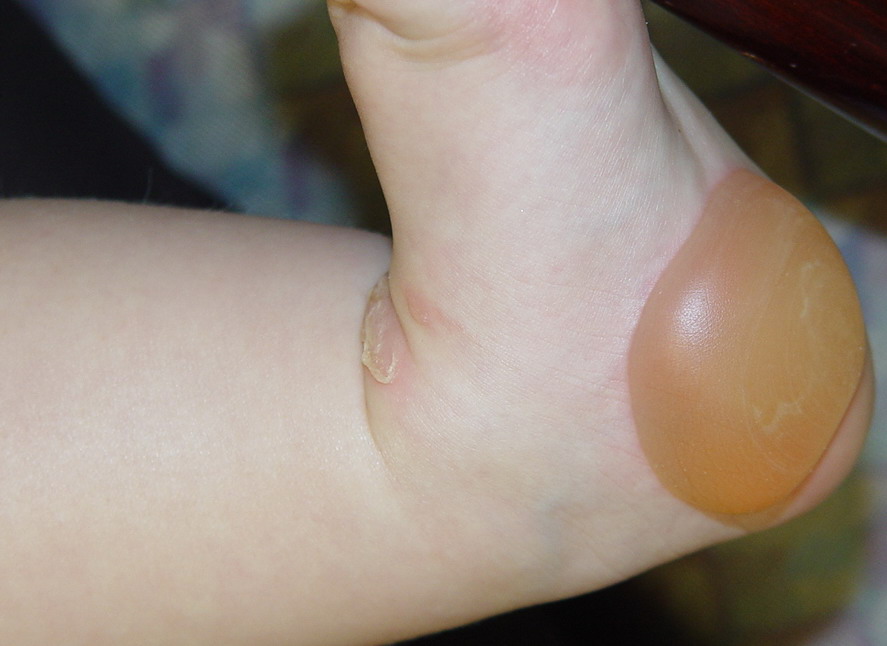Epidermolysis Bullosa Causes, Symptoms, Diagnosis and Treatment

What is Epidermolysis Bullosa?
Epidermolysis bullosa (EB) is a group of inherited connective tissue diseases that cause blisters in the skin and mucosal membranes.
The condition usually shows up in infancy or early childhood. Some people don’t develop signs and symptoms until adolescence or early adulthood.
Epidermolysis bullosa has no cure, though mild forms may improve with age.
Treatment focuses on addressing the symptoms and preventing pain and wounds.
Severe forms may cause serious complications and can be fatal.
Causes of Epidermolysis Bullosa:
Epidermolysis bullosa is usually inherited. Researchers have identified more than a dozen genes involved with skin formation that, if defective, may cause a type of epidermolysis bullosa.
The main types of epidermolysis bullosa are:
- Epidermolysis bullosa simplex.
- It usually begins at birth or in early infancy and affects mainly the soles of the feet and the palms.
- In epidermolysis bullosa simplex, the gene that helps produce a fibrous protein (keratin) in the top layer of skin is faulty.
- Junctional epidermolysis bullosa.
- This type usually is severe and becomes apparent at birth.
- The genes that help form thread-like fibers (fibrils) that attach the epidermis to the basement membrane are faulty. This gene defect causes tissue separation and blistering in this deeper layer of skin.
- Dystrophic epidermolysis bullosa.
- It generally becomes apparent at birth or during early childhood.
- This condition is related to a flaw in the gene that helps produce a type of collagen
- Kindler syndrome.
- This type is rare and usually becomes apparent at birth or soon after.
Symptoms of Epidermolysis Bullosa:
Epidermolysis bullosa exhibits the following signs and symptoms:
- Fluid-filled blisters on the skin, especially on the hands and feet due to friction
- Deformity or loss of fingernails and toenails
- Internal blistering, including on the vocal cords, esophagus and upper airway
- Skin thickening on the palms and the soles of the feet
- Scalp blistering, scarring and hair loss (scarring alopecia)
- Thin-appearing skin (atrophic scarring)
- Tiny white skin bumps or pimples (milia)
- Dental problems, such as tooth decay from poorly formed enamel
- Difficulty swallowing (dysphagia)
Diagnosis of Epidermolysis Bullosa:
The following tests are conducted in order to confirm the diagnosis of epidermolysis bullosa:
- Skin biopsy for immunofluorescent mapping.
- Genetic testing, to confirm the diagnosis because most forms of epidermolysis bullosa are inherited.
- Prenatal testing as families with a history of epidermolysis bullosa may want to consider prenatal testing and genetic counseling.
Treatment of Epidermolysis Bullosa:
Treatment of epidermolysis bullosa aims to prevent complications and ease the pain of the blisters with appropriate wound care.
However, the condition often progresses despite treatment, sometimes causing serious complications and death.
The following treatment options are available:
- Medications
- Surgery
- Restoring mobility
- Widening the esophagus
- Placing a feeding tube
- Grafting skin
- Rehabilitation therapy
By : Natural Health News




